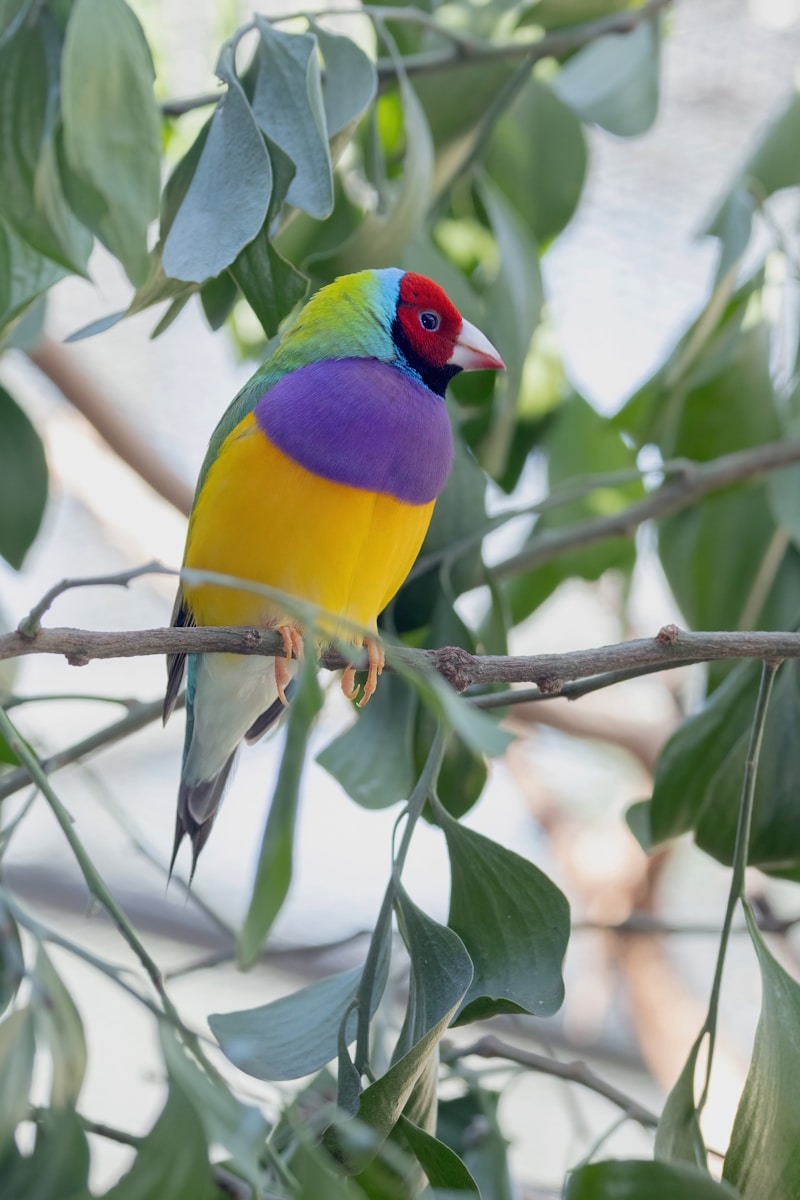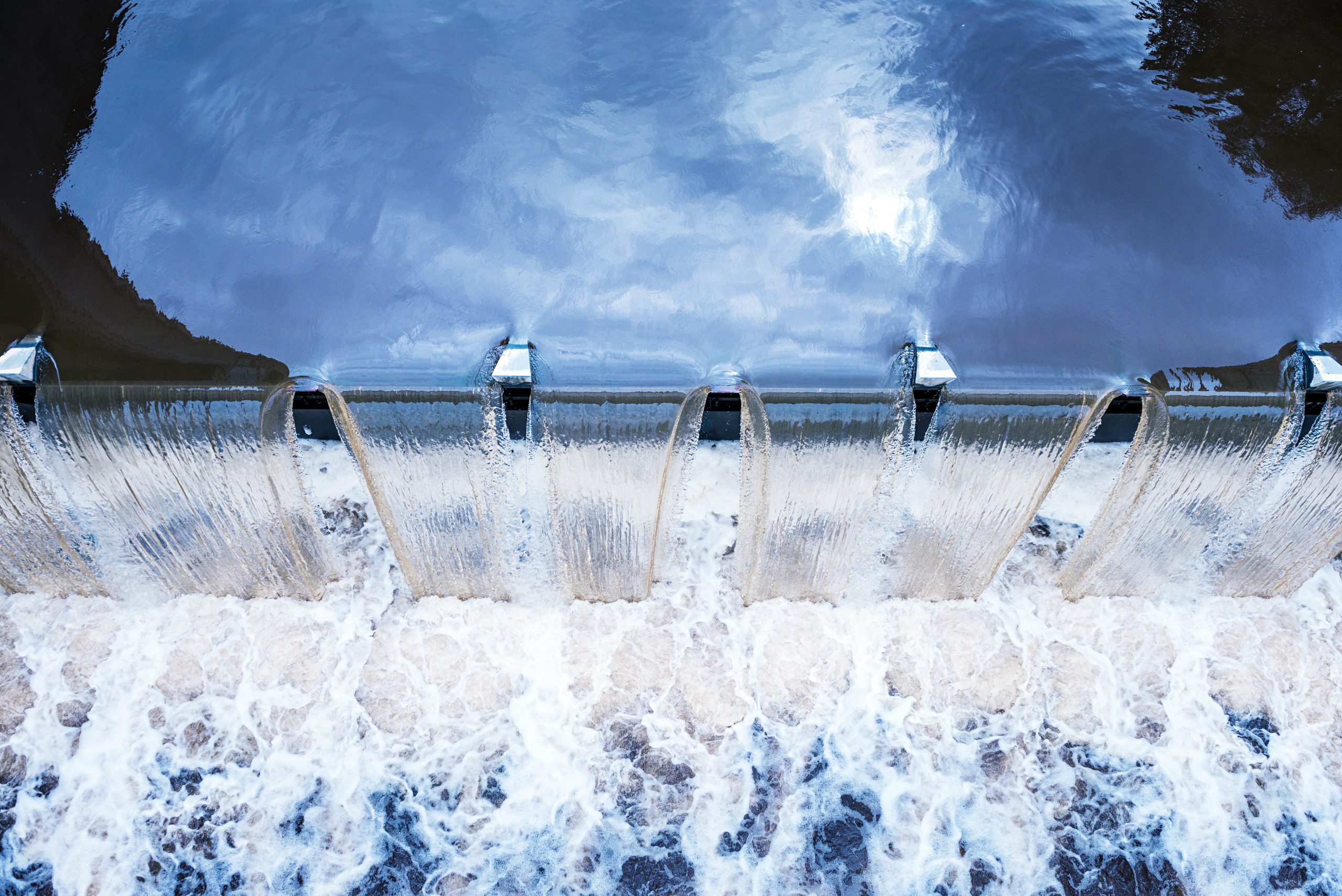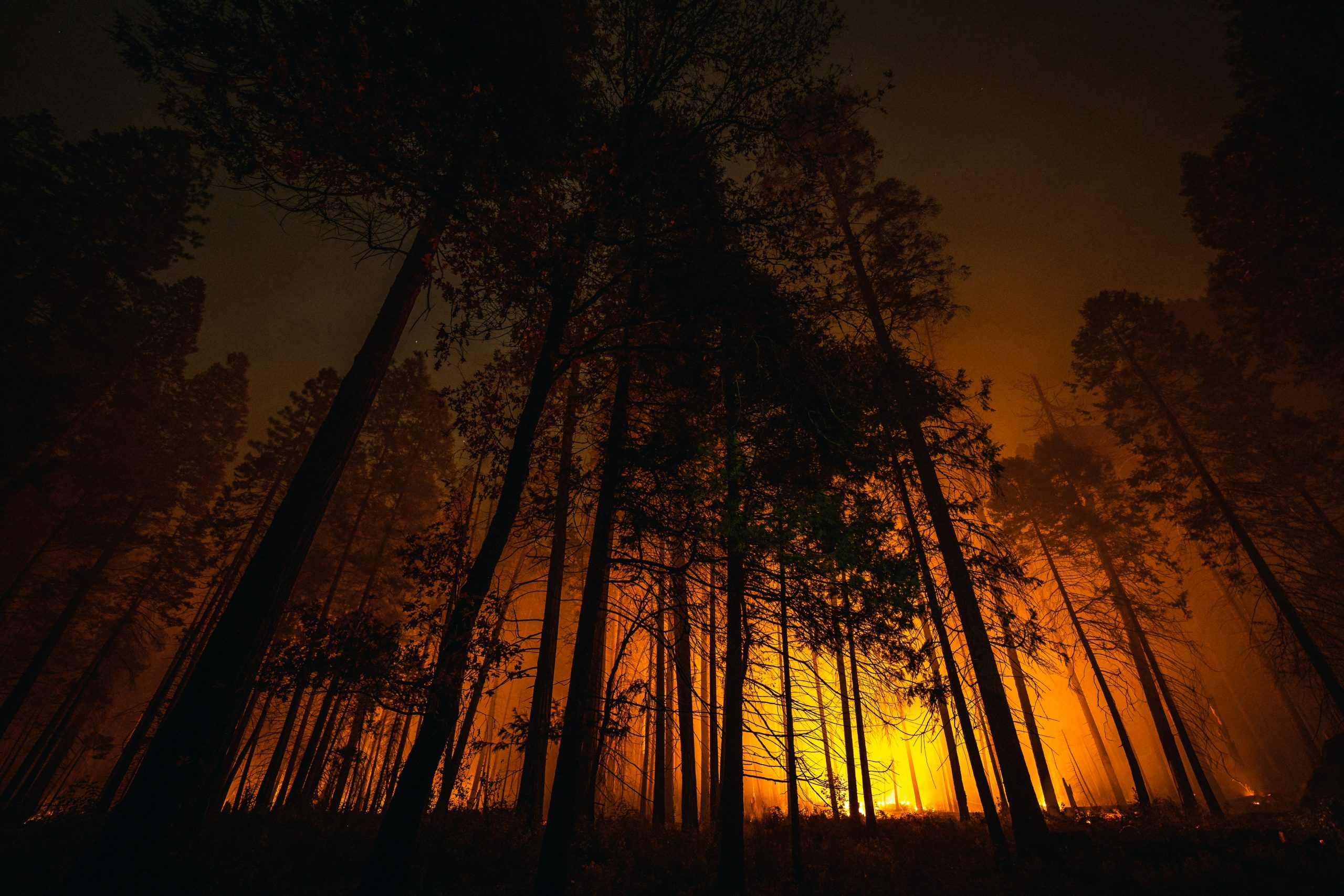Key Takeaways:
- Preserving wildlife habitats is crucial for the survival of numerous species and the overall health of ecosystems.
- Habitat loss, fragmentation, and degradation lead to a decline in wildlife populations and disrupt ecosystem balance.
- Thriving wildlife habitats preserve biodiversity, provide ecosystem services, and offer opportunities for research and recreation.
- Preserving wildlife habitats is essential for biodiversity conservation, species recovery, and cultural heritage.
- Creating a thriving wildlife habitat requires understanding species’ specific needs, using native plants, and providing water sources and shelter.
- Protecting and maintaining a wildlife habitat involve managing invasive species, adopting sustainable practices, and creating wildlife-friendly environments in urban areas.
- Engaging the community through education, collaboration, and youth involvement is crucial for successful wildlife habitat conservation.
The Importance of Preserving Wildlife Habitats
Preserving wildlife habitats is crucial for the survival of numerous species and the overall health of ecosystems. Unfortunately, these habitats are facing increasing threats and degradation, leading to the decline of wildlife populations worldwide. It is essential to understand the significance of preserving these habitats and the role they play in maintaining biodiversity and ecological balance.
1. The Decline of Wildlife Habitats and Ecosystems
Over the past few decades, wildlife habitats and ecosystems have been under severe pressure due to human activities such as deforestation, urbanization, and pollution. These activities have resulted in habitat loss, fragmentation, and degradation, leading to a significant decline in wildlife populations.
Habitat loss is particularly detrimental as it destroys the natural homes of many species, forcing them to move or adapt to new environments. As a result, many animals struggle to find the resources they need to survive, such as food, water, and shelter. This disruption to their natural habitats can impact their reproductive patterns, migration routes, and ability to find suitable mates, ultimately leading to population declines.
Ecosystems, interconnected networks of plants, animals, and microorganisms, rely on thriving wildlife habitats. When habitats are destroyed or altered, the delicate balance within ecosystems is disrupted. Each species plays a unique role in the ecosystem, from pollination to nutrient cycling, and the loss of even one species can have cascading effects on the entire ecosystem.
2. The Benefits of Thriving Wildlife Habitats
On the contrary, thriving wildlife habitats provide a range of benefits that extend beyond the survival of individual species.
One of the most significant benefits is the preservation of biodiversity. Wildlife habitats are home to a wide variety of plant and animal species, each with its own ecological niche. Biodiversity is essential for maintaining a healthy and resilient ecosystem as it increases the chances of adaptation and survival in the face of changing environmental conditions.
Wildlife habitats also contribute to various ecosystem services, such as water purification, soil stabilization, and carbon sequestration. Forests, wetlands, and grasslands act as natural filters, purifying water as it passes through their vegetation and soils. They also help prevent soil erosion by holding soil particles together and absorbing excess rainfall. Additionally, vegetation in wildlife habitats acts as a carbon sink, absorbing carbon dioxide from the atmosphere and mitigating climate change.
Lastly, wildlife habitats provide opportunities for scientific research, education, recreation, and ecotourism. Many people find solace and inspiration in the natural world, and intact habitats offer a refuge for outdoor activities such as hiking, birdwatching, and photography. These experiences can foster a deeper connection with nature, leading to increased support for wildlife habitat conservation.
3. The Role of Wildlife Habitats in Biodiversity Conservation
Preserving wildlife habitats is an essential component of biodiversity conservation efforts. Wildlife habitats act as sanctuaries for endangered and vulnerable species, allowing them to recover and thrive. By protecting these habitats, we can improve the chances of survival for many threatened species and prevent further biodiversity loss.
Moreover, reconnecting fragmented habitats through conservation corridors and protected areas can enhance the genetic diversity of species and promote their long-term survival. These corridors enable wildlife to move between habitats, access new resources, and establish new populations, reducing the risks associated with isolation and inbreeding.
Conserving wildlife habitats also helps preserve the cultural and traditional values associated with local ecosystems. Many indigenous communities rely on these habitats for their livelihoods, cultural practices, and spiritual beliefs. Protecting these areas ensures the continuation of their unique cultural heritage and fosters a sense of stewardship and respect for the natural world.
Creating a Thriving Wildlife Habitat
Creating a thriving wildlife habitat requires careful planning and consideration of the specific needs of the target species. By understanding these needs and implementing appropriate strategies, individuals and communities can play an active role in supporting biodiversity conservation.
1. Understanding the Needs of Different Species
Each species has unique habitat requirements, including food, water, shelter, and nesting sites. Conducting thorough research on the species of interest will provide valuable insights into their ecology and specific habitat needs. Consult with local conservation organizations, wildlife experts, and scientific studies to gather accurate information.
Consider the specific requirements of different life stages, such as breeding, migration, and hibernation. For example, providing suitable nesting sites for cavity-nesting birds or creating water sources for amphibians during their breeding season can enhance the habitat’s overall suitability and attract a diverse range of species.
2. Choosing the Right Native Plants for Your Habitat
Native plants are essential for creating a thriving wildlife habitat. They have co-evolved with local wildlife and are adapted to the local climate and soil conditions. Native plants provide food in the form of nectar, fruits, seeds, and foliage, supporting the dietary needs of various pollinators, birds, and mammals.
When selecting native plants, prioritize species that are specifically beneficial to your target species. For instance, if you aim to attract butterflies, choose nectar-rich flowers that serve as host plants for their caterpillars. Plant a variety of species to ensure continuous bloom and a diversity of food sources throughout the year.
3. Providing Water Sources and Shelter for Wildlife
Water sources and shelter are vital components of a thriving wildlife habitat. Natural or human-made water features, such as ponds, birdbaths, or small streams, can provide drinking and bathing opportunities for various species, especially during dry periods.
Shelter can take the form of vegetation, brush piles, fallen logs, or nest boxes. These features offer protection from predators, extreme weather, and provide nesting or roosting sites for birds, bats, and small mammals. Remember to consider the different habitat requirements of both terrestrial and aquatic species when providing water sources and shelter.
Protecting and Maintaining a Wildlife Habitat
Protecting and maintaining a wildlife habitat is an ongoing process that requires active management and monitoring. Here are some essential strategies to ensure the long-term success of your habitat:
1. Managing Invasive Species in Your Habitat
Invasive species can outcompete and displace native plants and animals, leading to the degradation of wildlife habitats. Regular monitoring and timely removal of invasive species are crucial for maintaining the integrity of the habitat. This can be done manually, through mechanical means, or by using selective herbicides under professional guidance.
Preventing the introduction of invasive species is equally important. Avoid planting non-native species that can become invasive and spread uncontrollably. Be cautious of the plants and animals you introduce into your habitat and ensure they are not considered invasive in your region.
2. Ensuring Sustainable Practices in Wildlife Habitat Management
Sustainability is a fundamental principle in wildlife habitat management. Implementing sustainable practices ensures the long-term viability of the habitat while minimizing negative impacts on the environment.
Use organic and chemical-free fertilizers, pesticides, and herbicides to avoid contaminating the habitat and harming wildlife. Additionally, practice responsible water management by minimizing water usage and adopting techniques such as rainwater harvesting and drip irrigation.
Regularly monitor the health of the habitat and address any issues promptly. This can involve assessing soil quality, tracking wildlife populations, and evaluating the success of restoration efforts. Seek expert advice if necessary to make informed management decisions.
3. Creating a Wildlife-friendly Environment in Urban Areas
Even in urban areas, it is possible to create wildlife-friendly environments by incorporating green spaces and habitat features. The loss of natural habitats due to urbanization makes these refuges essential for supporting urban wildlife populations.
Plant native trees, shrubs, and flowers in gardens, balconies, and parks to provide food and shelter for urban wildlife. Install bird feeders, bat boxes, and insect hotels to attract and support a diverse range of species. Avoid using chemical pesticides and create water features such as birdbaths or small ponds.
Promote wildlife-friendly landscaping practices within communities, such as reducing lawn areas, creating wildlife corridors, and minimizing night-time light pollution to protect nocturnal species.
Engaging the Community in Wildlife Habitat Conservation
Engaging the community is essential for successful wildlife habitat conservation. By raising awareness, collaborating with local organizations, and involving youth, we can foster a sense of responsibility and collective action.
1. Educating and Raising Awareness about Wildlife Conservation
Educating the public about the importance of wildlife habitat conservation can inspire individuals to take action and make more informed choices. Organize workshops, seminars, or public talks to share knowledge about local ecosystems, endangered species, and conservation strategies. Utilize digital platforms such as websites, blogs, and social media to reach a wider audience. Encourage individuals to engage with nature by providing opportunities for volunteering, citizen science projects, and guided nature walks. Connecting people with the natural world increases their appreciation for wildlife habitats and creates a sense of stewardship.
2. Collaborating with Local Organizations and Wildlife Experts
Collaboration with local organizations, wildlife experts, and government agencies is vital for effective wildlife habitat conservation. These stakeholders have the knowledge, resources, and networks to support conservation efforts.
Establish partnerships and seek guidance from experts in habitat restoration and management. Their expertise will help ensure that conservation activities are based on scientific principles and best practices. Work with local organizations to organize community events, habitat restoration projects, and citizen science initiatives.
3. Involving Youth in Wildlife Habitat Restoration Projects
Involving youth in wildlife habitat restoration projects is not only educational but also empowering. Young people have the potential to become passionate advocates for wildlife conservation and drive positive change in their communities.
Create opportunities for youth engagement through school programs, internships, and workshops focused on habitat restoration and native plant propagation. This hands-on involvement allows them to develop a deeper connection with nature and understand the importance of wildlife habitats.
Conclusion
Preserving and creating thriving wildlife habitats is crucial for the survival of species and the overall health of ecosystems. By understanding the decline of wildlife habitats, the benefits they provide, and their role in biodiversity conservation, we can take meaningful action in their preservation. Through careful planning, sustainable practices, and community engagement, we can make a significant impact in creating a world where wildlife thrives and coexists harmoniously with human populations.
FAQ
Question: What are the primary threats to wildlife habitats?
Habitat loss, fragmentation, and degradation from activities such as deforestation, urbanization, and pollution pose significant threats to wildlife habitats.
Question: How does habitat loss impact wildlife populations?
Habitat loss disrupts the natural homes of many species, leading to a struggle to find resources and potential population declines.
Question: What are some benefits of thriving wildlife habitats?
Thriving wildlife habitats preserve biodiversity, provide ecosystem services such as water purification and soil stabilization, and offer opportunities for research, education, and recreation.
Question: Why is preserving wildlife habitats essential for biodiversity conservation?
Preserving wildlife habitats allows endangered and vulnerable species to recover and thrive, enhances genetic diversity, and preserves cultural and traditional values associated with local ecosystems.
Question: What are some strategies for creating a thriving wildlife habitat?
Understanding the specific needs of target species, choosing native plants, and providing water sources and shelter are essential strategies for creating a thriving wildlife habitat.
Question: How can invasive species be managed in a wildlife habitat?
Regular monitoring and removal of invasive species, as well as prevention of their introduction, are key steps in managing invasive species in a wildlife habitat.
Question: What are some sustainable practices in wildlife habitat management?
Using organic and chemical-free fertilizers and pesticides, practicing responsible water management, and regularly monitoring the health of the habitat are sustainable practices in wildlife habitat management.







